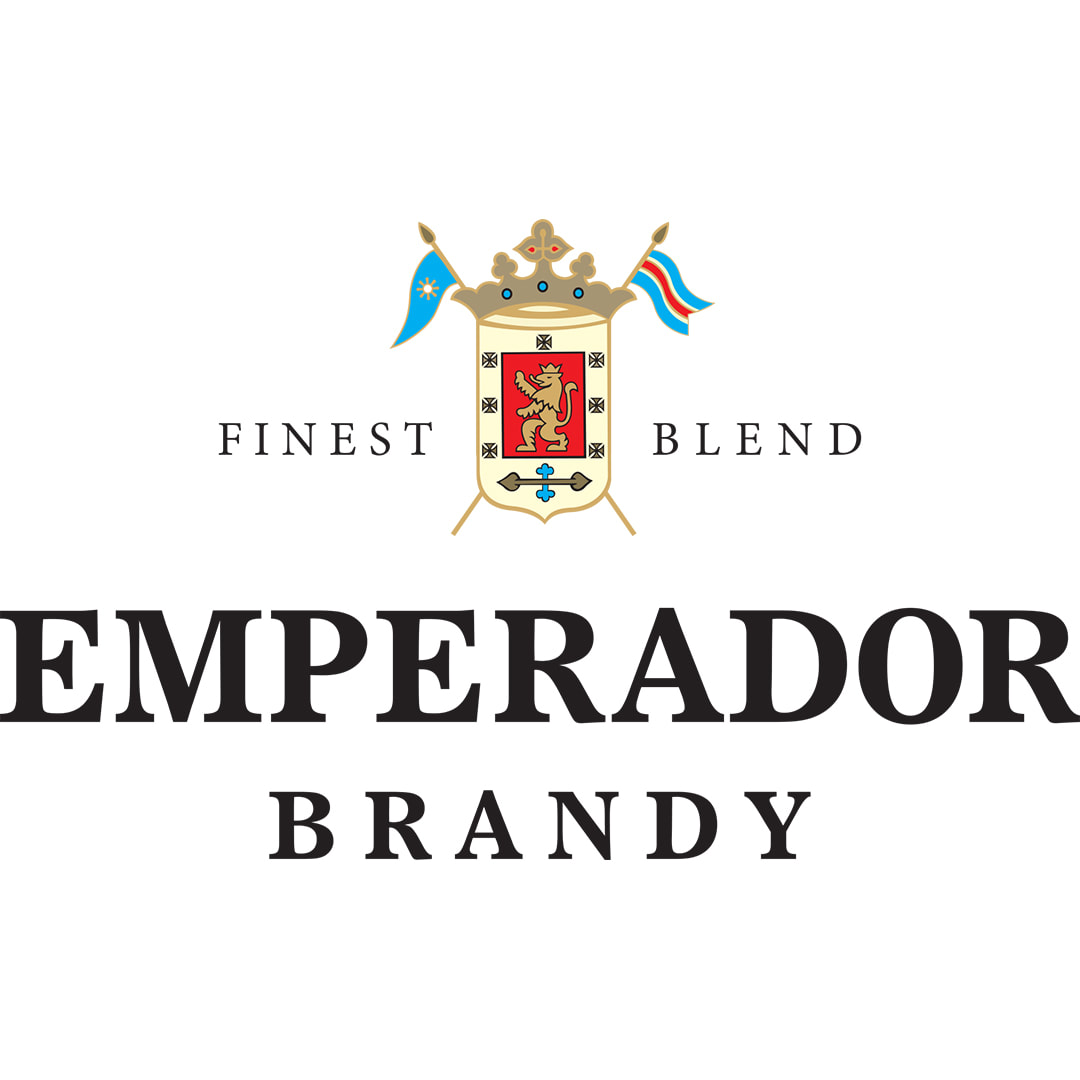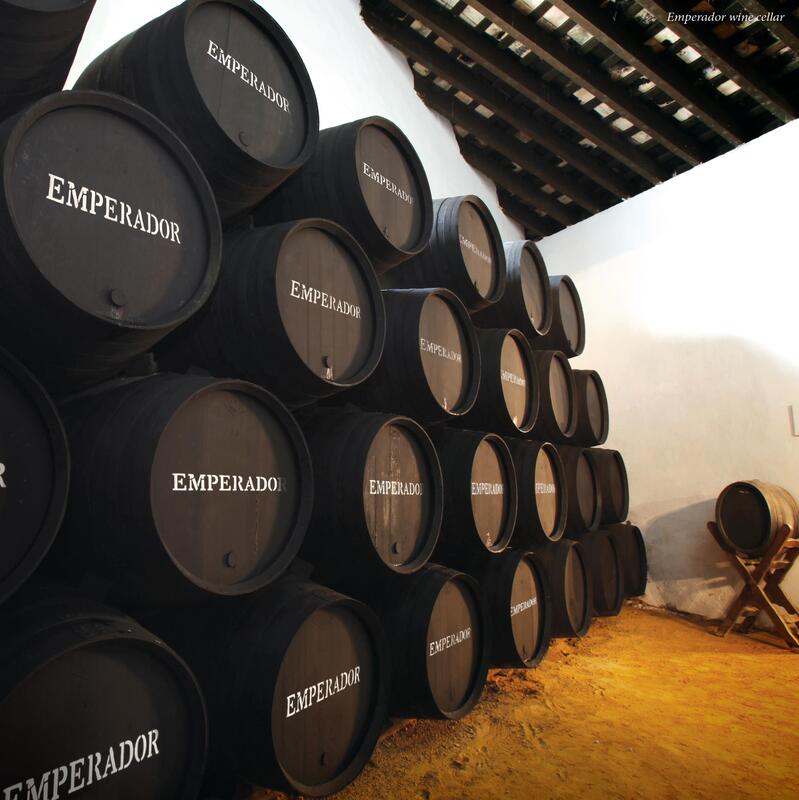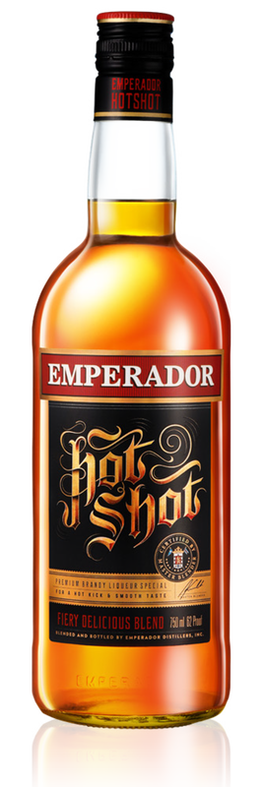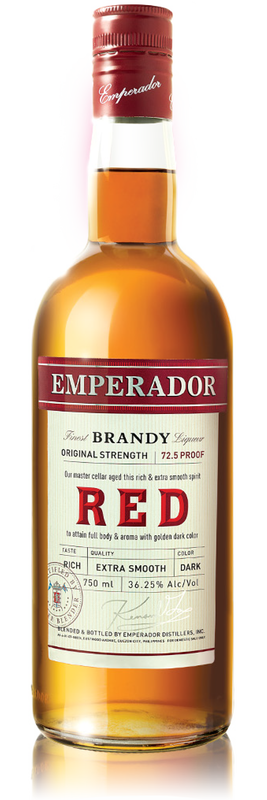Brand History
In 1990, Emperador Brandy was launched as the Philippines’ first brandy label, and since 2006, Emperador has been the world’s top selling brandy by volume. This spike in sales is attributed to domestic consumption, as the Philippines grew into the second largest consumer of brandy worldwide.
However, it was not until 2010, when Emperador Light was introduced, that Eperador Brandy sales skyrocketed. The product, targeted at the younger alcoholic beverage consumers, was launched by the “Gawin mong Light” translated to “Make it Light” campaign. The new product, with its affordable price point, helped sales increase from 57 million liters in 2009 to nearly 300 million liters in 2015.
In 2015, Emperador Inc. acquired Fundador, Spain’s oldest and largest brandy producer as well as Terry Centenario, Spain’s top-selling brandy, Tres Cepas, Equatorial Guinea’s leading brandy, and Harvey’s, the United Kingdom’s top sherry wine. Fundador, meaning founder in Spanish, was founded in 1730 and established the first brand to be marketed by Pedro Domecq in 1874. This acquisition solidified Emperador as the world’s largest brandy company.
In 2019, the Fundador Supremo 18 was awarded the Gold Winner for “Best Brandy in the World” by the prestigious International Wine and Spirits Competition (IWSC). This places Fundador at the pinnacle of the competition where more than 100 brandies were sampled by the best tasters and experts in the world in a blind tasting.
Nearly thirty years after the launch of Emperador, the brand along with Fundador, has expanded outside of the Philippines. There is now distribution in 100 countries across Asia, the United States, Canada, Africa, the Middle East, and Europe with over 28 million cases sold per year. This represents approximately 17.5 million more cases of brandy sold than the second best selling brandy by volume, Hennessy. (The Spirits Business Brand Champions Report 2019).
However, it was not until 2010, when Emperador Light was introduced, that Eperador Brandy sales skyrocketed. The product, targeted at the younger alcoholic beverage consumers, was launched by the “Gawin mong Light” translated to “Make it Light” campaign. The new product, with its affordable price point, helped sales increase from 57 million liters in 2009 to nearly 300 million liters in 2015.
In 2015, Emperador Inc. acquired Fundador, Spain’s oldest and largest brandy producer as well as Terry Centenario, Spain’s top-selling brandy, Tres Cepas, Equatorial Guinea’s leading brandy, and Harvey’s, the United Kingdom’s top sherry wine. Fundador, meaning founder in Spanish, was founded in 1730 and established the first brand to be marketed by Pedro Domecq in 1874. This acquisition solidified Emperador as the world’s largest brandy company.
In 2019, the Fundador Supremo 18 was awarded the Gold Winner for “Best Brandy in the World” by the prestigious International Wine and Spirits Competition (IWSC). This places Fundador at the pinnacle of the competition where more than 100 brandies were sampled by the best tasters and experts in the world in a blind tasting.
Nearly thirty years after the launch of Emperador, the brand along with Fundador, has expanded outside of the Philippines. There is now distribution in 100 countries across Asia, the United States, Canada, Africa, the Middle East, and Europe with over 28 million cases sold per year. This represents approximately 17.5 million more cases of brandy sold than the second best selling brandy by volume, Hennessy. (The Spirits Business Brand Champions Report 2019).
Vineyard in Toledo Spain
Emperador’s 500-hectare Daramezas Vineyard in Toledo, Spain sits 520m above sea level. Here, Airén, Palomino and Pedro Ximénez grapes are grown. The vineyard implements “precision viticulture,” utilizes sensors to monitor the vineyard for irrigation, mechanizes pruning for specific vine length, and employs GPS mapping for ideal grape planting. When the grapes are ripe, they are mechanically harvested.
Climate:
Climate:
- Winter High/Low: 52° / 37° (January)
- Summer High/Low: 90° / 65° (July)
- Average Rainfall: 13.5 inches of annual rainfall with supplemental automated irrigation with water supplied by the adjacent Tajo River.
- Grapes: Airén, Palomino and Pedro Ximénez
Production
-
Distillation
-
Aging
-
Blending and Bottling
<
>
Fermentation of the grapes into wine and then the distillation of the wine occurs at the Bodegas Las Copas Distilleries in Tomelloso, Spain. At the distillery, traditional Alquitaras stills, as well as alambiques (column) stills produce a distillate ranging between 60% ABV and 94.6% ABV, depending on the style of brandy being produced.
The distilled brandy is then sent to Jerez de la Frontera where it is aged in sherry casks in the bodegas of San Bruno and Las Copas.
Aged brandy is shipped to Sta. Rosa, Laguna in the Philippines where it is blended and bottled using an automated line.
Emperador Fast Facts
- Emperdor is the top selling brandy worldwide, accounting for more sales than the #2 - #11 brandies combined!
- Emperador is the #5 selling spirit worldwide, selling over 28 million cases per year.
- Emperador represents over half of the total spirit sales by volume in the Philippines
- Emperador Distillers controls 97% of the brandy market in this Pacific Island ocean nation.
- Emperador is sold in over 100 countries throughout Asia and Europe, and now in the USA!
Emperado Brandy Lineup
-
EMPERADOR GOLD (31% ABV)
-
EMPERADOR LIGHT (27% ABV)
-
EMPERADOR HOTSHOT (31% ABV)
-
EMPERADOR SOLERA RESERVADA (40% ABV)
-
EMPERADOR RED (40% ABV)
<
>
|
Production Notes: None Available
Tasting Notes:
Usage: Sip neat or on the rocks. |
|
Production Notes: Emperador light is a cut brandy which is diluted with neutral grain spirit and cane sugar.
Tasting Notes
Usage: In the Philippines, Emperador Light is popular in high volume establishments and is served as a shot, or mixed with a “Club Mix Lime Juice” called Emperador and Lime (it’s a cultural phenomena worth looking up). It’s also drank with iced tea. Awards
|
|
Production Notes: Not Available
Tasting Notes
|
|
Production Notes: Aged for 12 months
Tasting Notes
Awards
|
|
Production Notes: None available
Brand Notes: “Emperador Red is for consumers who wake up before sunrise and return when it’s dark. They are hardworking people who, at the end of the day, are looking for an extra smooth, rich drink to help them relax and recoup for the next work day.” Tasting Notes
Awards: San Diego Distilled Spirits Competition 2019: Bronze Medal |
Photos Courtesy of Emperador Brandy








 RSS Feed
RSS Feed